Learn the ins and outs of caring for a Meyer indoor lemon tree indoors. Growing lemon trees is easy with these tips!
And the best reward? You’ll charm your friends and family with delicious drinks, dinners and desserts flavored with your very own lemons!
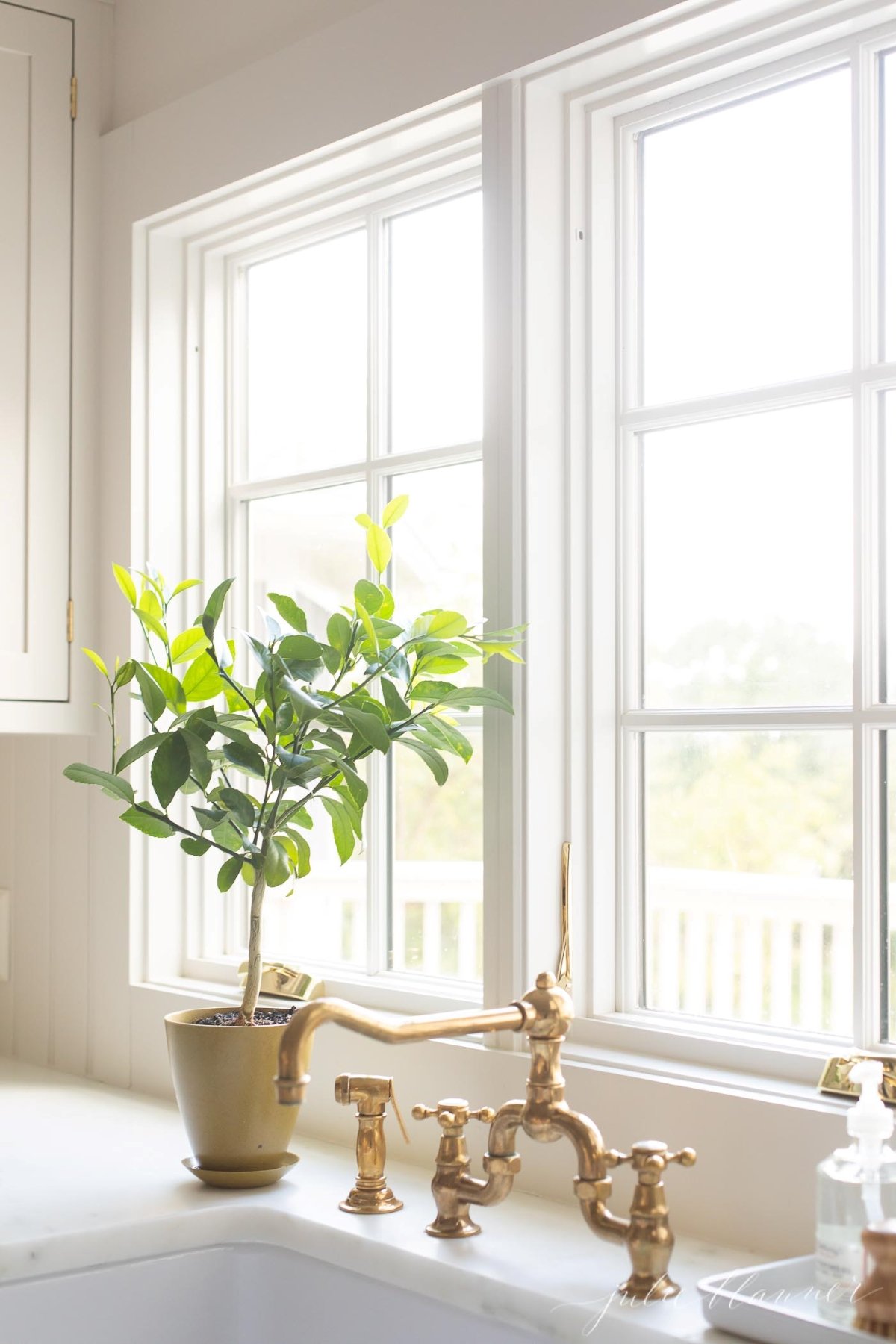
As you likely already know, we are fans of adding vibrant green houseplants to our home. They instantly add warmth and cozy charm to any space!
A little touch of fresh green life throughout your home goes a long way, even if you’re a minimalist like me. {Check out this post for more of my favorite ideas for adding warm and cozy vibes to your home even if you’re a minimalist.}
We especially love adding easy-care plants to our home, like this incredible ZZ plant or a classic Fiddle Leaf Fig. If you’re like me and love plants that you can’t kill, you’ll also have to check out this round up of easy houseplants!
Today I am bringing you another of my favorite plants to grow indoors: the Meyer Lemon Tree! I’ve grown these both in a traditional tree form and shaped topiary lemon trees, and I love them all.
While growing your own indoor lemon trees might take a little more care than other plants, the reward is more than worth the effort.
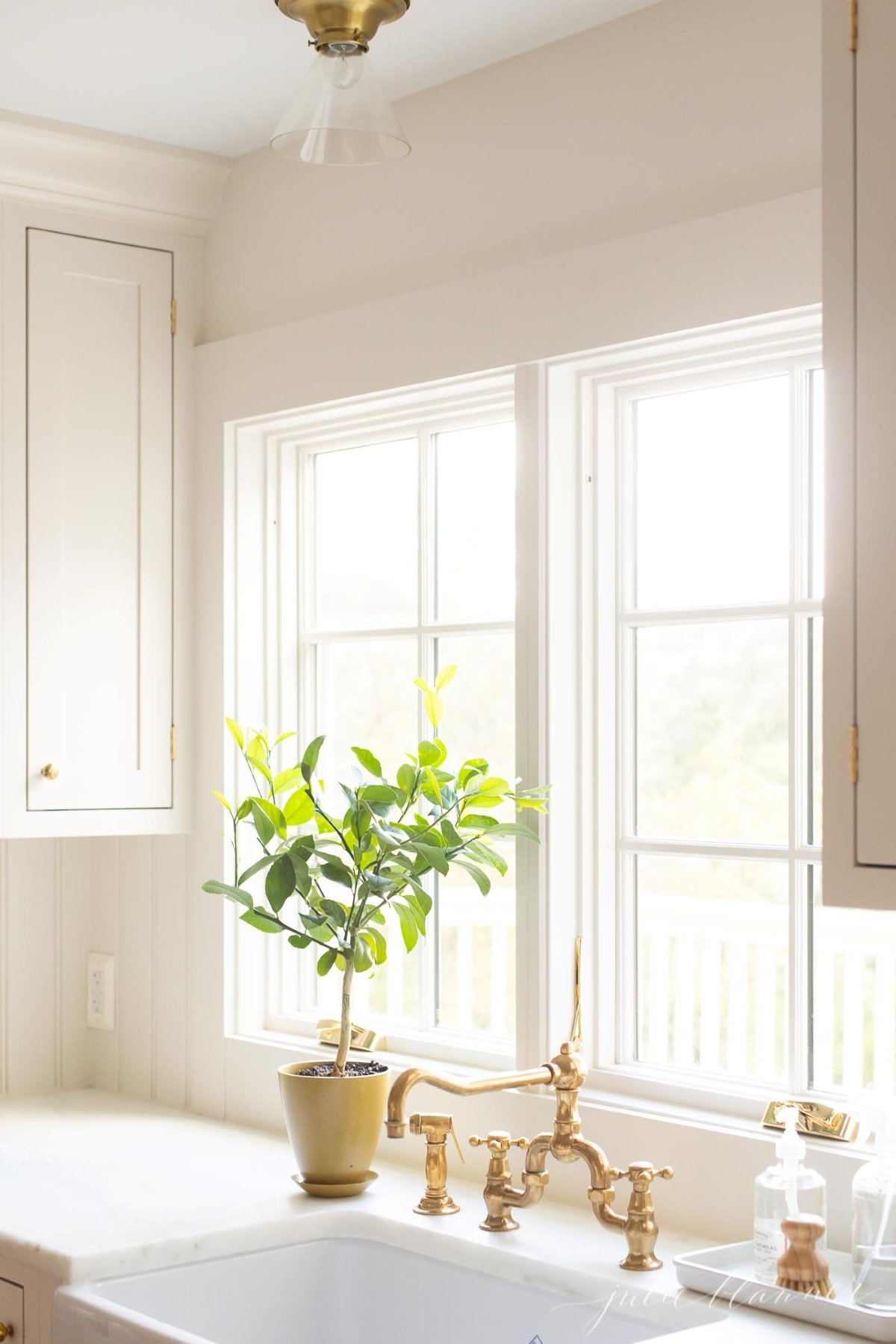
Indoor Lemon Tree
- Our indoor lemon tree is a Meyer lemon. The Meyer indoor lemon tree is a hybrid between a citron and mandarin. Their fruit tastes like a cross between the tart lemon and a sweet orange or mandarin.
- The fruit is extremely juicy with a thin skin which makes it an easy to peel exterior. This flowering tree is beautiful and fragrant, making it an excellent potted plant choice.
- Mature full sized lemon trees will grow to be 25 feet+ and are usually only grown outdoors. Dwarf citrus trees (often grown indoors in pots) can grow up to 10 feet high in the right conditions.
- Don’t be fooled – a miniature indoor lemon tree can yield an abundance of fruit – we’ve had more than 30 from a tiny tree!
How to Grow Lemon Trees Indoors
Yes, you can grow it indoors in a pot! Growing a lemon tree is actually pretty easy, I promise! The surprising ease, along with the vibrant green foliage and sweet scent are the reasons it’s my favorite fruit tree!
- Light – Indoor citrus trees require 8-12 hours of light per day to produce fruit, so place it in an area that receives a lot of sun. Southern exposure is best, but not required. Ours thrives in Northern light. Pick the sunniest spot in your home for the best results.
- If needed, you can supplement with a professional grow light.
- Water – Keep soil moist, but not over-saturated. Citrus trees thrive with infrequent watering. Wait until the top 2″ of soil are dry before watering. Water slowly and deeply to fill the container then allow it to drain out. This is known as deep watering.
- Unsure? Use a moisture meter to prevent over-watering.
- Yellow Leaves? Chances are you are watering too frequently.
- Using Rocks – Fill a pot tray with rocks and add water to the tray nearly covering the rocks. Place the potted tree on top of tray (not in water).
- Pollinate – Citrus are generally self-fruitful and don’t require a pollinator, even indoors.
- To Pollinate- Use a soft brush or cotton swab to transfer pollen between blossoms. We have never had to do this, but it does encourage the plant.
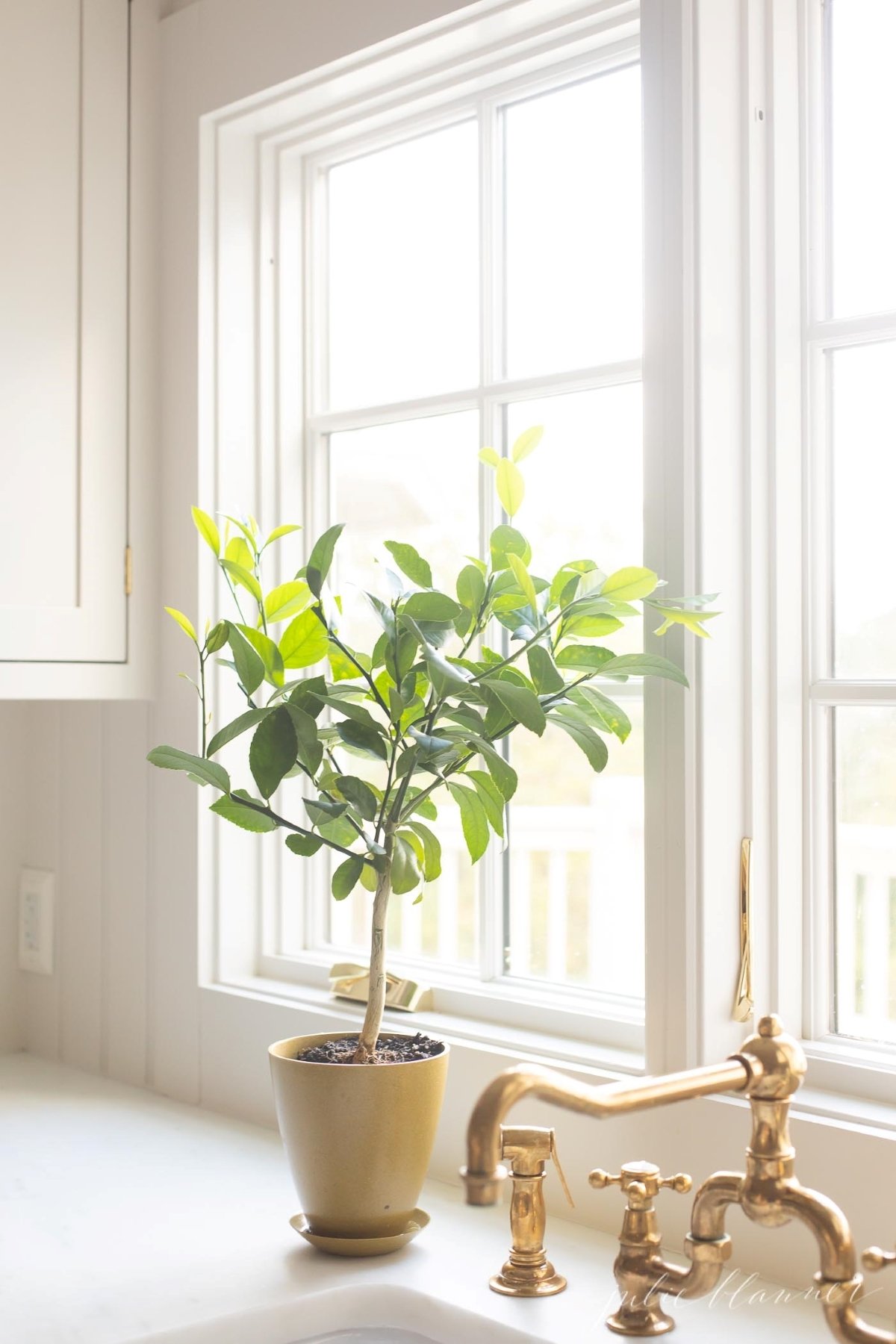
How to Pot an Indoor Lemon Tree
- Select a pot with good drainage.
- Combine equal parts peat moss, potting soil and perlite.
- Remove the tree from its container cutting dry roots if needed. Fluff roots.
- Add the tree to your potting and add potting mixture.
- Gently pull the tree upward while watering to eliminate air pockets.

Tips
- Citrus trees require fertilization throughout the year, whether indoors or out.
- Our local nursery recommended to taper off fertilizing during the winter months when our lemon tree is indoors, with a higher frequency during the summer months as we will often move them outdoors to our deck.
- This brand of citrus fertilizer has worked well for us, and we simply follow the directions on the package. Look for a slow release fertilizer that will feed your plant well over a longer time period.
- You can prune any time to maintain the desired shape and size! Never remove more than 1/3 of the overall foliage at a time.
- Transplant or re-potting is recommended every two years or when it appears to outgrow its pot.
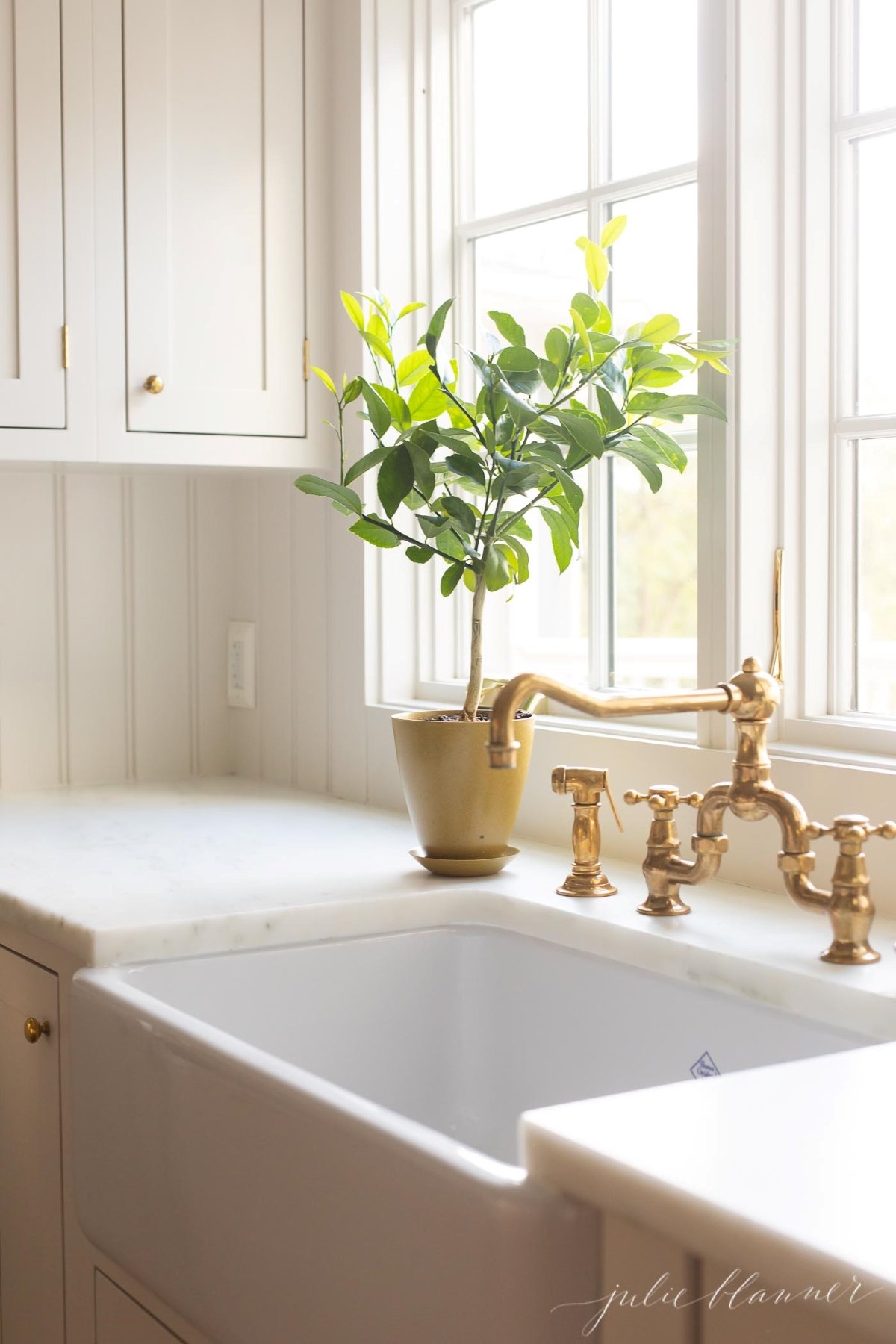
Frequently Asked Questions
Meyer lemons are known to have a deeper yellow skin and a darker pulp, as well. They are also a little smaller in size than a traditional lemon, with smoother skin. They are less acidic and tart than traditional lemons so they will add a hint of sweetness to your recipes.
From time of bloom to enjoying edible fruit it typically takes 6-9 months. Patience is key!
Often, patience is key. Younger (smaller) plants will often need more time to begin bearing fruit. The larger your tree when you purchase, the older it generally is. This means you’re that much closer to growing your own lemons!
Check your drainage – is your tree sitting in too much water? Over-watering is a major culprit when it comes to lack of fruit.
Lack of sun is another issue, and so is over-fertilizing.
This is often due to rapid changes in light exposure. Before moving outside, gradually increase light exposure over 2-4 weeks. Gradually decrease the light before bringing indoors.
This is often due to over-watering your citrus. You’ll need to make sure the tips of your roots aren’t rotting in too much water, resulting in an inability to take in moisture.
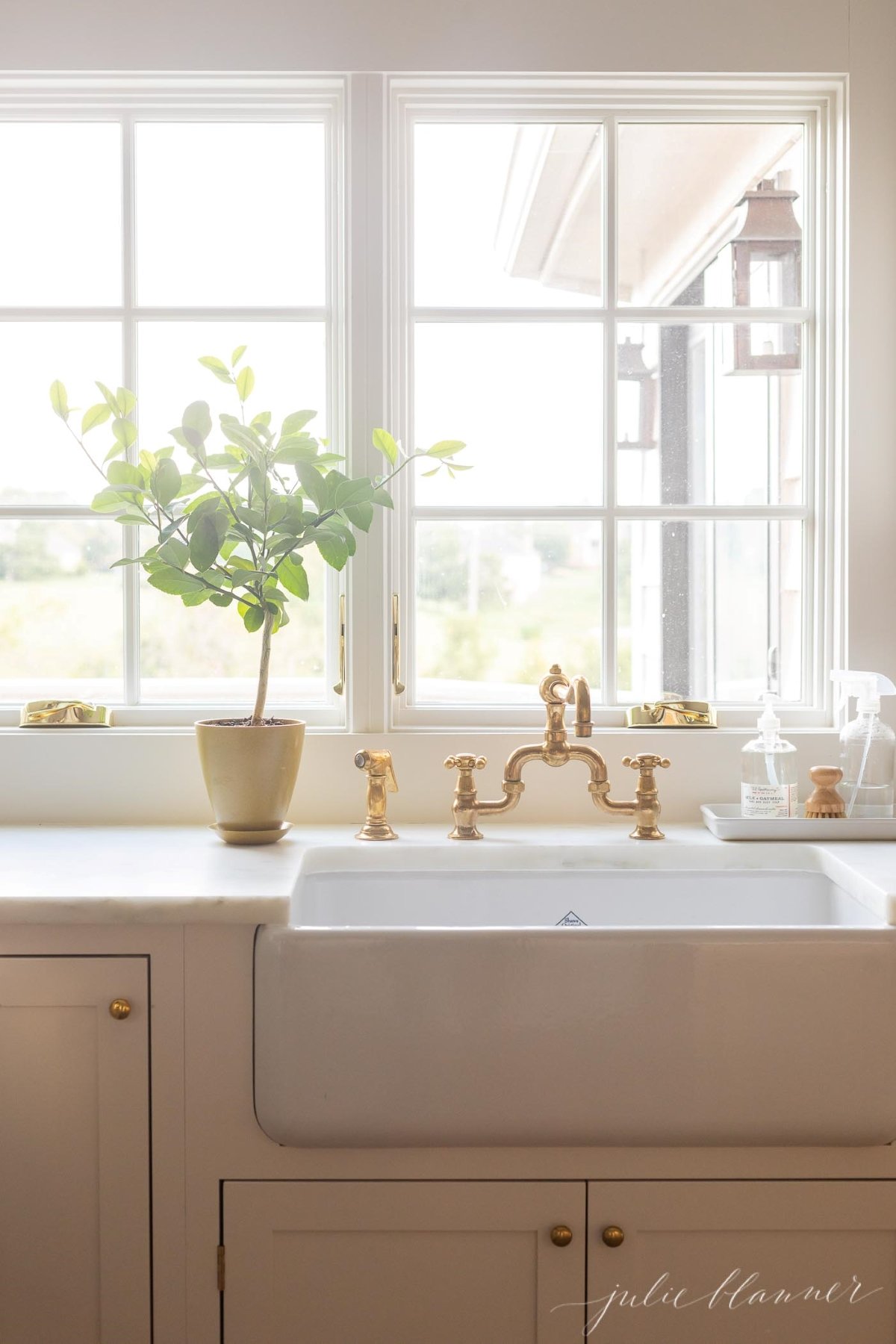

What to do with Your Lemons
Since our indoor lemon tree is a Meyer, we love to substitute these in most recipes that call for lemon! They are delicious in cocktails, vinaigrettes and baked goods. Even savory dishes like pasta can benefit from this zesty citrus flavor!
To substitute, start with half the amount of lemon or zest that the recipe calls for because Meyer lemons are a little more powerful. Adjust according to taste!
- Lemon Loaf
- Lemon Frosted Cookies
- Meyer Lemon Meringue
- Lemon Ice Cream
- Lemon Glaze
- Honey Lemonade
- Lemon Pound Cake
Don’t skip our complete guide to the BEST Lemon Desserts!
Indoor Lemon Tree Sources
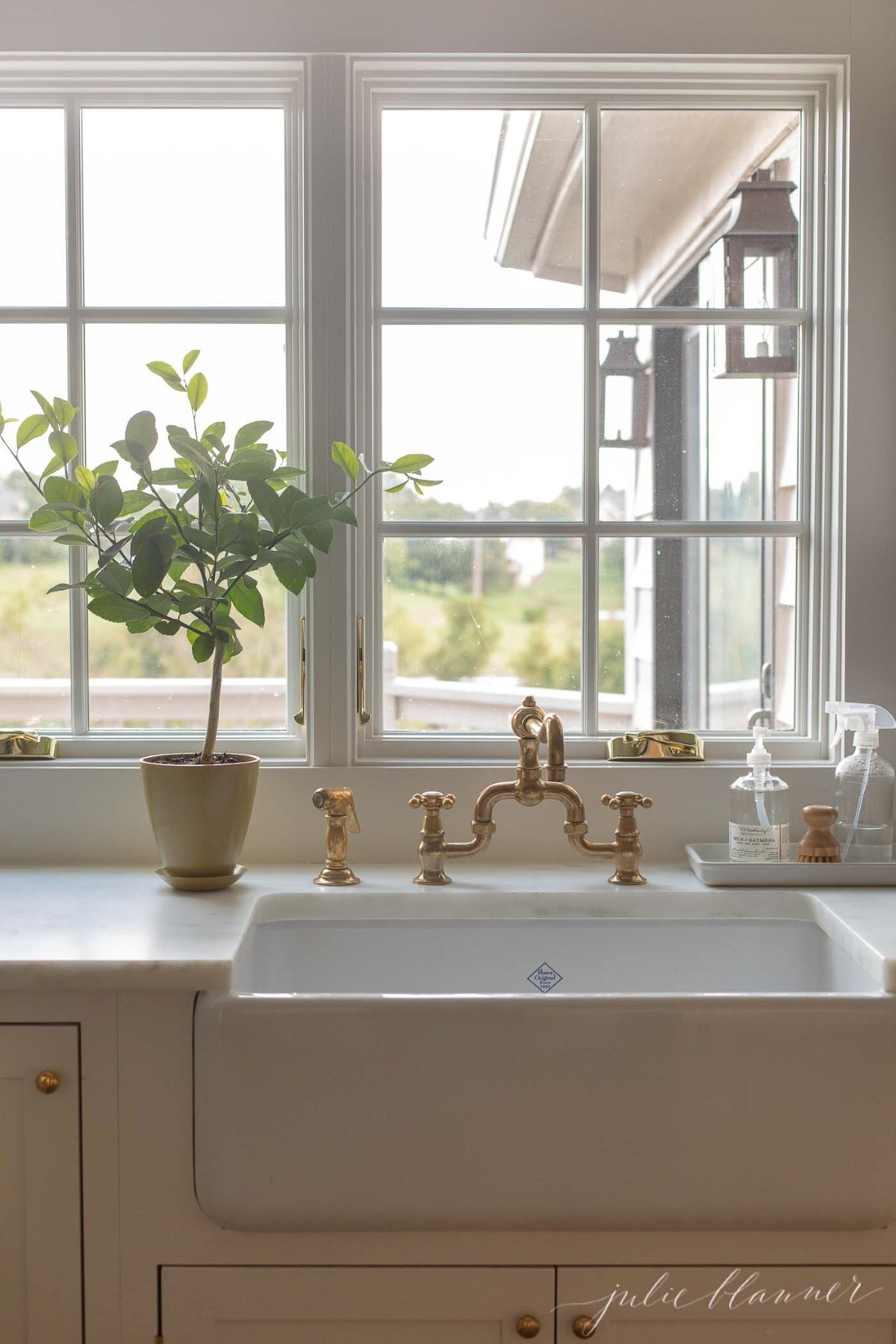
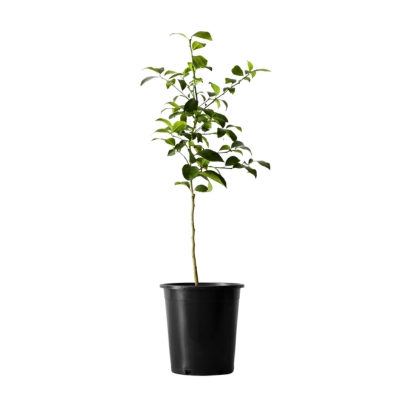
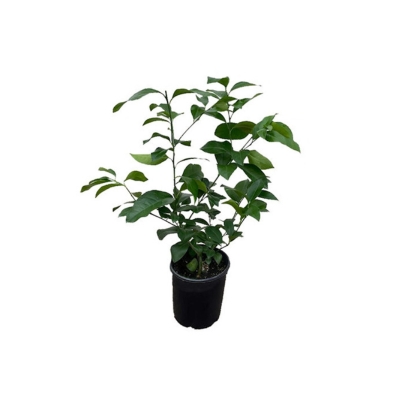
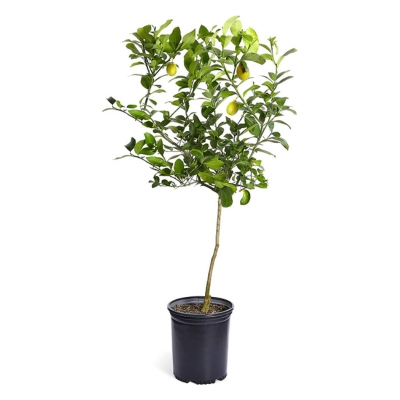
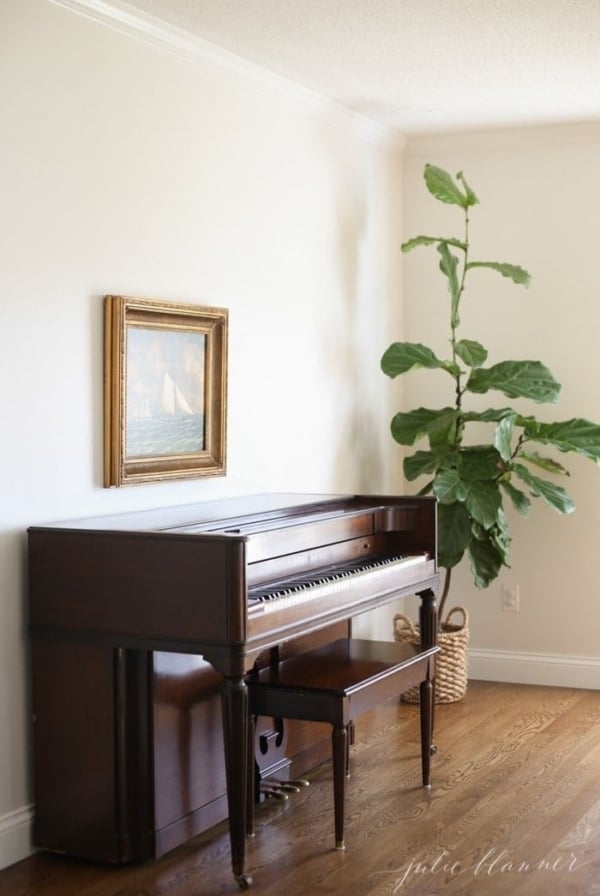
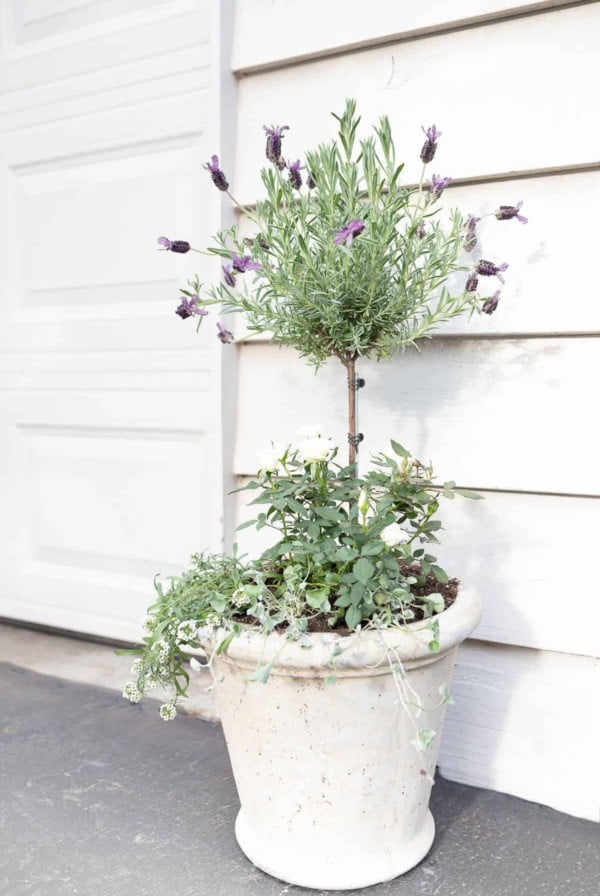
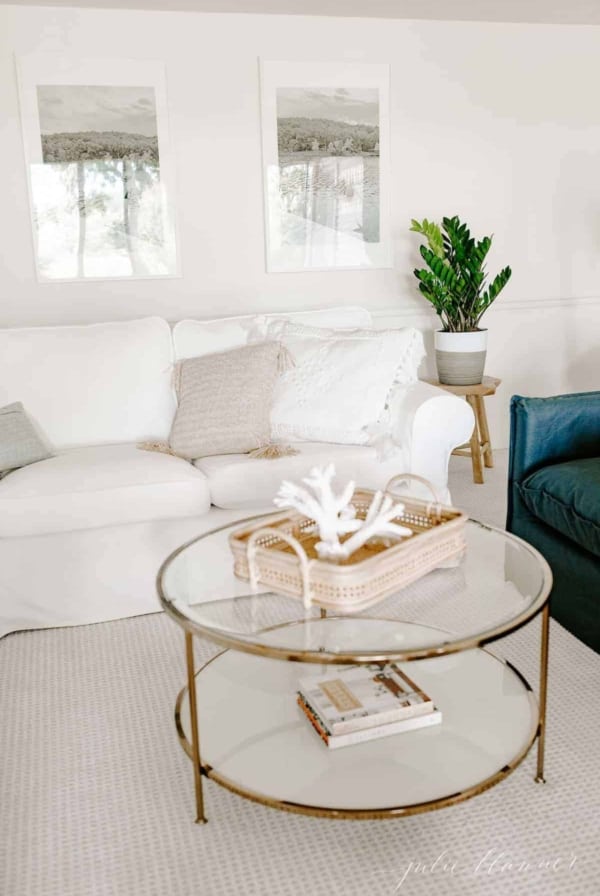
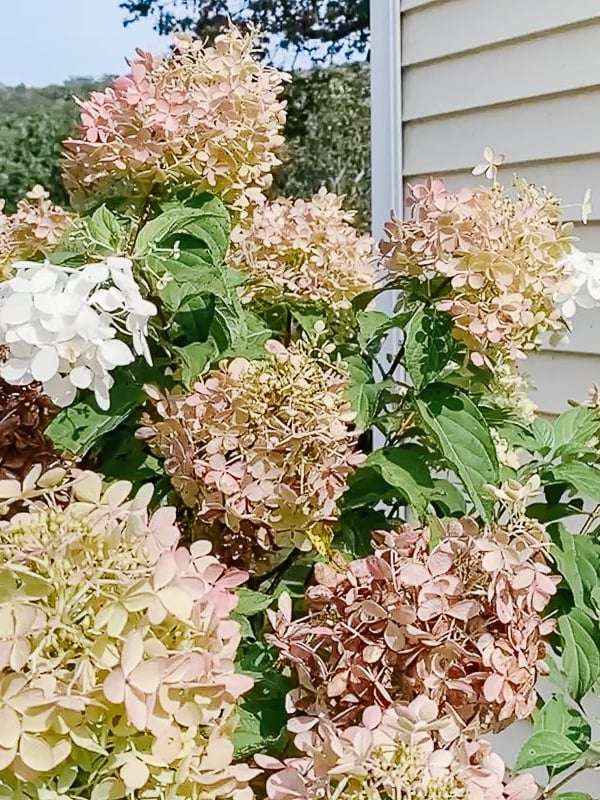
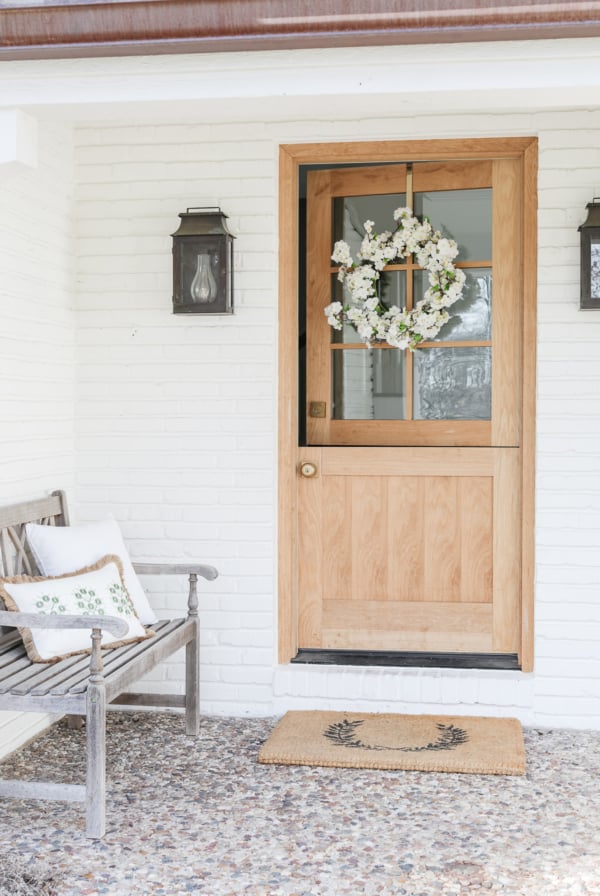

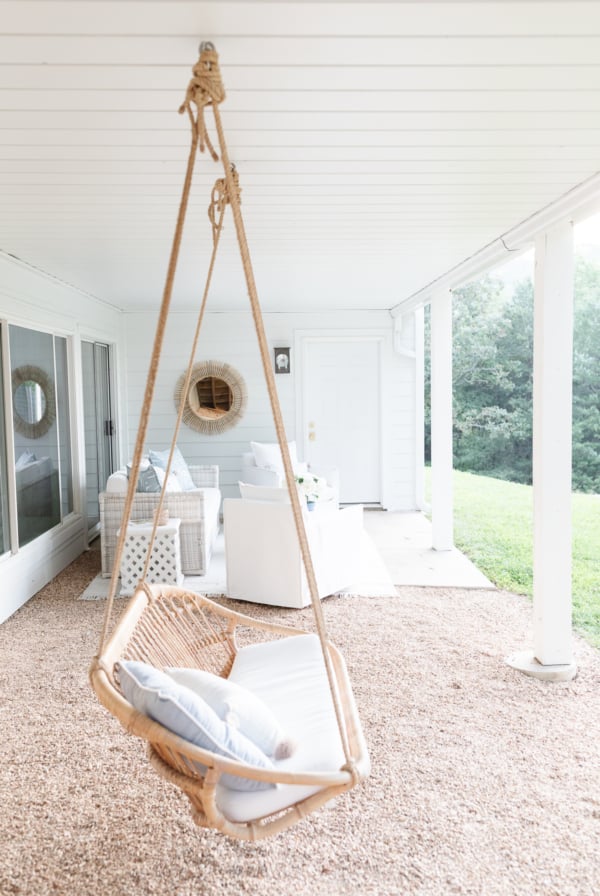






Julie, I’m such a lemon lover and love any posts about them. We have an outdoor lemon tree that produces pretty much year round. Can’t even give them all away! Your indoor tree is adorable! ~Becky
Hi Becky,
Thanks so much for your comment and kind words! I’d love to live somewhere that we could grow these outdoors, what a dream!
Have a wonderful week,
Julie
Thanks.
Love this! Sharing on the Weekend Edit. Does Home Depot or Lowe’s carry lemon trees or do I need to go to a fancier nursery ? ;0)
thank you Julie!
laura
They don’t in our area. Have a beautiful day!